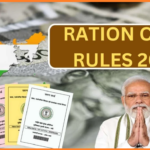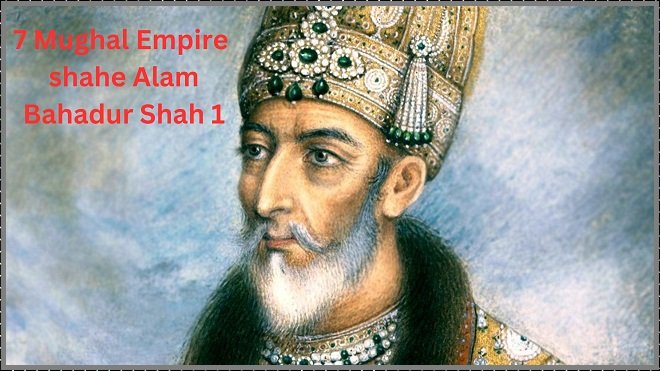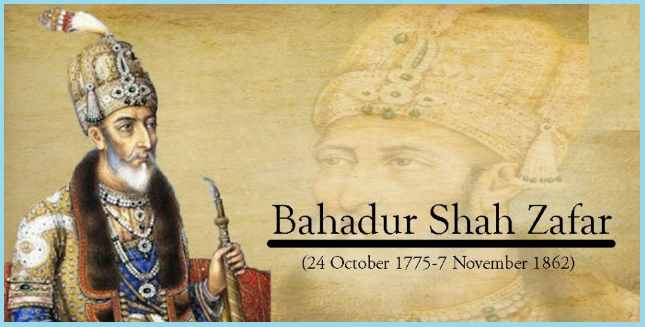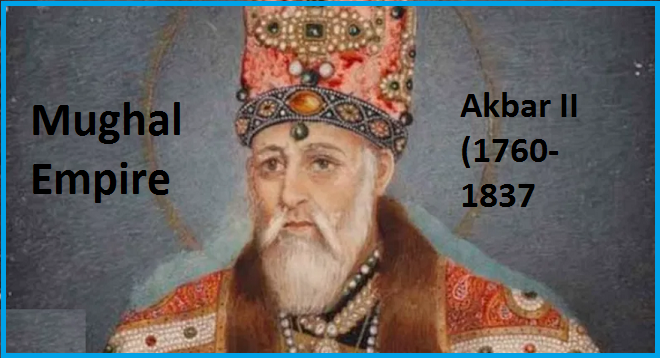Bahadur Shah I: The Mughal Emperor Who Bridged Two Eras
Introduction
The story of the Mughal Empire is one of grandeur, conquests, and eventual decline. Among its illustrious emperors, Bahadur Shah I holds a unique place. Born as Mu’azzam and later crowned as Bahadur Shah I, he reigned during a turbulent time in Mughal history. Though his rule lasted only five years, from 1707 to 1712, his efforts to stabilize the empire and reconcile with various factions left an enduring mark.
This article explores Bahadur Shah I’s life and legacy, tracing his development from a prince eclipsed by his father Aurangzeb to a king attempting to strike a balance between tradition and change.

|
Mughal Emperor Bahadur Shah I (Shah Alam I ) Family details |
||||||
| Name | Date of Birth | Marriage Year | Date of Death | Children | Children’s Birth Dates | Children’s Death Dates |
| Bahadur Shah I | 14 October 1643 | Around 1660 | 27 February 1712 | – | – | – |
| Nizam Bai | Approx. 1645 | Around 1660 | Approx. 1690 | Jahandar Shah (son), 1 unnamed daughter | Jahandar Shah: 1664 | Jahandar Shah: 1713 (executed) |
| Amat-ul-Banu Begum | Approx. 1647 | Around 1662 | Approx. 1710 | Azim-ush-Shan, Rafi-ul-Shan, Jahan Shah (sons) | Azim: 1664, Rafi: 1670, Jahan: 1666 | Azim: 1712, Rafi: 1712, Jahan: 1712 |
| Nur-un-Nisa Begum | Approx. 1650 | Around 1665 | Approx. 1715 | Rafi-ud-Darjat, Nikusiyar (sons) | Rafi: 1671 | Rafi: 1719, Nikusiyar: 1723 |
| Mehr-un-Nisa Begum | Approx. 1652 | Around 1667 | Approx. 1710 | 2 unnamed sons, 1 unnamed daughter | Approx. 1668–1672 | Limited records available |
| Unnamed Wives/Concubines | Various | Various | Various | At least 3 unnamed sons | Various | Various |
Early Life and Background
Born on October 14, 1643, in Burhanpur, Bahadur Shah I was the second son of Emperor Aurangzeb and Nawab Bai, a Rajput princess. Aurangzeb, who preferred discipline over luxury, closely monitored him during his formative years. He felt responsible because of his background, but he was also cautious and patient, traits that would later define his leadership.
As a young prince, Bahadur Shah I was trained in military tactics, administration, and theology. His education was typical of Mughal princes, emphasizing Persian literature, Islamic studies, and the art of governance. However, his relationship with Aurangzeb was fraught with tension. Unlike his father, who was rigid in his policies, Bahadur Shah I leaned towards moderation and inclusivity, foreshadowing the kind of ruler he would become.
Under Shah Jahan’s Shadow
The Mughal court during Shah Jahan’s reign was a beacon of culture and opulence. It was during this golden period that Bahadur Shah I developed a deep appreciation for art, diplomacy, and the diverse heritage of the subcontinent. The architectural marvels of his grandfather, including the Taj Mahal, left an indelible impression on him.
But Bahadur Shah I learned a valuable lesson from the family strife that characterized Shah Jahan’s last years, especially the struggle for succession among his sons. His aptitude to handle court intrigues and his realistic approach to politics were influenced by these early insights.
Aurangzeb’s Reign and Bahadur Shah I’s Trials
Aurangzeb’s reign was marked by relentless military campaigns and strict religious policies. As one of Aurangzeb’s sons, Bahadur Shah I was entrusted with significant responsibilities, including governorships in Kabul and Deccan. Despite his loyalty, Aurangzeb viewed his sons with suspicion, fearing their ambitions for the throne.
In 1681, this suspicion led to a turning point in Bahadur Shah I’s life. Accused of conspiring against his father, he was imprisoned for nearly seven years. This period of isolation allowed him to reflect on his future role and solidify his resolve. Upon his release, he adopted a cautious approach, focusing on administrative duties and rebuilding his reputation.
The Path to Power
The death of Aurangzeb in 1707 sparked a fierce war of succession among his sons. Bahadur Shah I, then in his sixties, emerged as a strong contender due to his administrative experience and support from key factions. After defeating his brother Azam Shah at the Battle of Jajau, he ascended the throne, adopting the title Bahadur Shah I.
His coronation marked the beginning of a reign that sought to heal the divisions created during Aurangzeb’s rule. Bahadur Shah I understood the importance of unity in an empire as vast and diverse as the Mughal domain.

Challenges and Reforms
As emperor, Bahadur Shah I faced numerous challenges. The empire was weakened by years of war, and rebellions were brewing in several regions. His approach was one of reconciliation rather than aggression. He restored lands to the Rajput rulers of Amber, Jodhpur, and Udaipur, hoping to mend relations with these influential kingdoms.
At the same time, he sought to suppress the Sikh rebellion in Punjab, which had gained momentum under Banda Singh Bahadur. While his efforts to quell the uprising were met with resistance, they demonstrated his commitment to maintaining imperial authority.
The Khutba Controversy
One of the most controversial aspects of Bahadur Shah I’s reign was his decision to include Shia practices in the royal khutba (Friday sermon). This move was intended to foster inclusivity, but it angered orthodox Sunni factions. Despite the backlash, Bahadur Shah I stood by his decision, reflecting his belief in a more harmonious Mughal state.
Kam Bakhsh’s Uprising
Another major challenge came from his youngest brother, Kam Bakhsh, who declared himself an independent ruler in the Deccan. The rebellion culminated in the Battle of Hyderabad in 1709, where Bahadur Shah I’s forces emerged victorious. Kam Bakhsh was captured and succumbed to his injuries shortly after, ending the last major internal threat to his rule.
Personal Life and Legacy
In his personal life, Bahadur Shah I was deeply spiritual, drawing inspiration from Sufi teachings. He maintained a balance between his duties as emperor and his familial responsibilities. He fathered several children, including Jahandar Shah and Azim-ush-Shan, who would play pivotal roles in the empire’s future.
Bahadur Shah I’s reign was characterized by his efforts to bring stability to an empire in decline. While his policies of reconciliation were commendable, the challenges he faced were immense. His death in Lahore on February 27, 1712, marked the end of an era and the beginning of the Mughal Empire’s rapid decline.
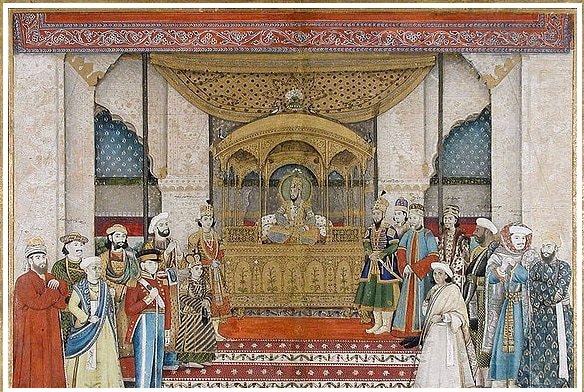
Annexations and Military Campaigns
During his reign, Bahadur Shah I annexed several territories, including parts of the Deccan and Rajasthan. His military campaigns were focused more on consolidation than expansion, reflecting the changing priorities of the Mughal Empire.
The Rajput and Sikh Rebellions
The Rajput rebellion, fueled by Aurangzeb’s harsh policies, continued to simmer during Bahadur Shah I’s rule. His conciliatory approach included restoring confiscated lands and negotiating alliances
The Sikh rebellion posed a more immediate threat, with Banda Singh Bahadur leading a series of successful uprisings. Despite his efforts, Bahadur Shah I struggled to contain the growing power of the Sikh forces, highlighting the limitations of the Mughal military at the time.

Coins and Symbols of Authority
The coins minted during Bahadur Shah I’s reign reflect his dual focus on tradition and reform. Bearing inscriptions in Persian, these coins emphasized his role as a unifying figure in a fragmented empire.
Ancestry and Lineage
As a descendant of Genghis Khan and Tamerlane, Bahadur Shah I inherited a legacy of conquest and cultural synthesis. His lineage underscored the Mughal dynasty’s claim to legitimacy and its ability to adapt to the diverse subcontinent.
Depictions and Historical Legacy
In history and art, Bahadur Shah I is often depicted as a ruler caught between the ideals of his predecessors and the realities of his time. While his reign was brief, it highlighted the challenges of governance in a declining empire.
Conclusion
Bahadur Shah I’s life and reign encapsulate the complexities of Mughal history. As a ruler, he sought to balance the rigid policies of Aurangzeb with a more inclusive vision. His efforts to stabilize the empire, though short-lived, reflect his commitment to the ideals of unity and governance.
While the Mughal Empire continued to decline after his death, Bahadur Shah I remains a figure of enduring interest—a testament to the challenges of leadership in one of history’s most iconic dynasties.
